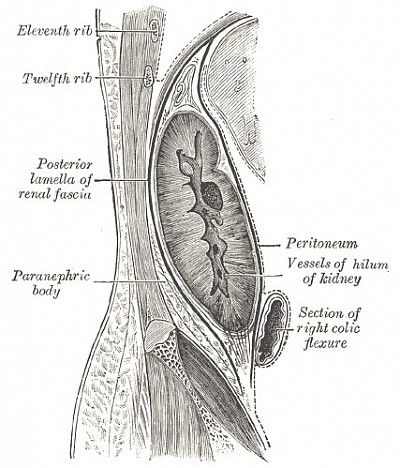What is LPHS?
Loin Pain Hematuria Syndrome is defined by Wikipedia as a combination of unilateral or bilateral flank pain and microscopic or macroscopic blood in the urine that is otherwise unexplained. Patients are typically caucasian women in their late twenties to early thirties. However, men can also be affected as well as members of other races and demographics.
It is not known what causes LPHS, but there are schools of thought that suggest thin basement membrane disease could be to blame. The swelling of the kidney and the renal fascia (the outer layer of the kidney) cause the blood vessels in this area to rupture, resulting in pain. Diagnosis can be achieved through biopsy of the kidney, which will reveal if the patient has thin basement membrane disease. Once the results of the biopsy have been analyzed, your nephrologist can determine whether or not you may have LPHS.
There are surgical options which include autotransplantation and renal denervation. Autotransplantation involves moving the kidney to another area of the body, while denervation is the removal of nerves from the kidney. Neither of these procedures are typically recommended due to the fact that the nerves grow back in time and the pain returns. Also, the possible risk of damage to the kidney makes these options less desirable. The only treatment found to help alleviate the pain in most patients is the use of opioids, or narcotics.
* There is a new procedure being performed and studied in Canada, which uses the basic idea of denervation, but is less invasive and involves cauterizing the nerves as opposed to stripping them from the kidney. Go to the Home page and down to the News section to read a news article about this procedure.

